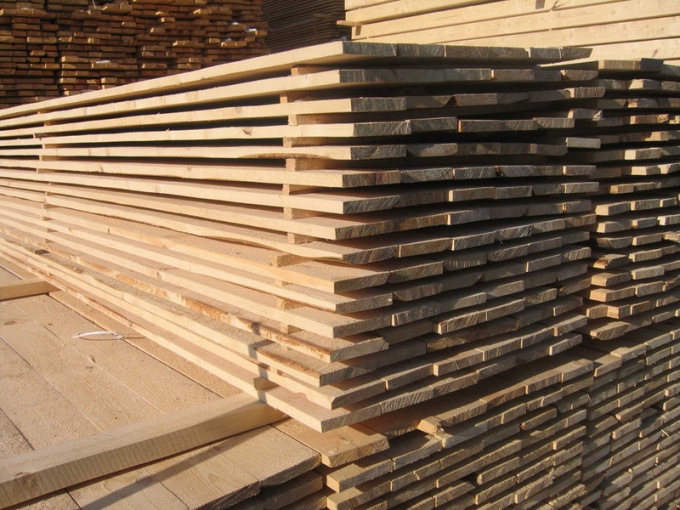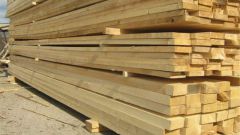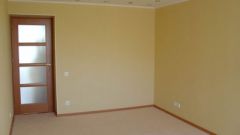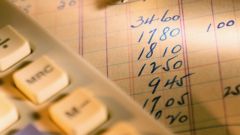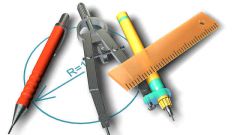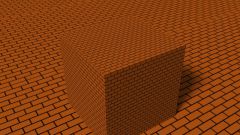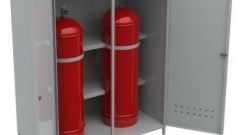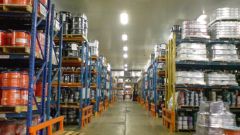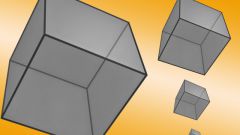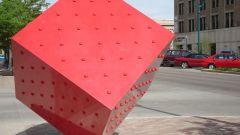You will need
- calculator
Instruction
1
To convert Cuba into squares, it is necessary to know the thickness (height) of the materials or items to which he is transferred. As a rule, such translation is necessary to produce building materials that are measured in cubic metres and in square. For translation of the cube into squares, simply divide the number of cubic meters in thickness, measured in meters. If the material thickness is given in inches (millimeters, decimeters), you must ensure that it is in meters.
2
For example, at the construction site delivered 10 cubic meters (cubic meters) boards with a thickness of 2 cm. You must calculate: how many square meters of flooring you can lay these boards.
To solve this problem, first bring the thickness of the boards from centimeters to meters. To do this, divide the number of centimeters by 100. In our case: 2 / 100 = 0,02 (meters).
Now divide the volume of boards to their thickness (in meters): 10 / 0,02 = 500 square meters (squares).
To solve this problem, first bring the thickness of the boards from centimeters to meters. To do this, divide the number of centimeters by 100. In our case: 2 / 100 = 0,02 (meters).
Now divide the volume of boards to their thickness (in meters): 10 / 0,02 = 500 square meters (squares).
3
If the squares you want to translate the cubic capacity of the room, divide the room volume by the height of the ceiling expressed in metres. For example, if the stock volume is 3000 cubic meters (cubic meters), and its height is 3 meters, then the number of squares (area) will be: 3000 / 3 = 1000 square meters.
4
To bring up the squares cubic meters, and cubic centimeters (millimeters, decimeters, kilometers, etc.), divide the given volume by the thickness (height) of the object recorded in the corresponding linear unit. The result is the number of squares, expressed in the appropriate "square" unit. So, for example, cubic centimeters (cm3), it will be square centimeters (cm2), cubic millimeters (mm3) millimeters square (mm2) and cubic kilometers (km3) square kilometers (km2), respectively.
